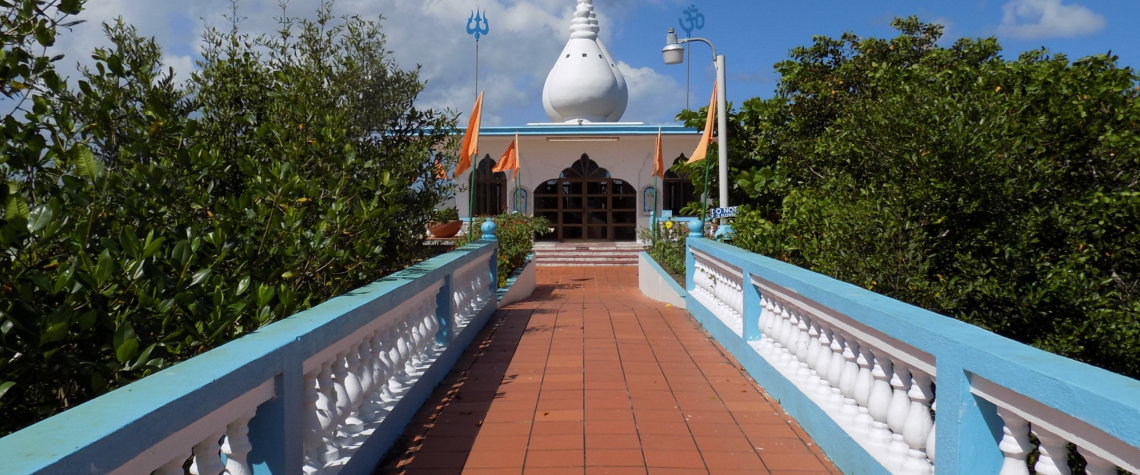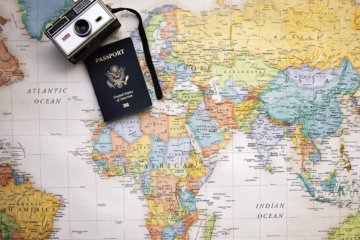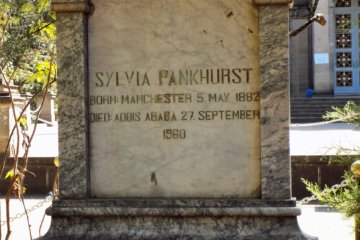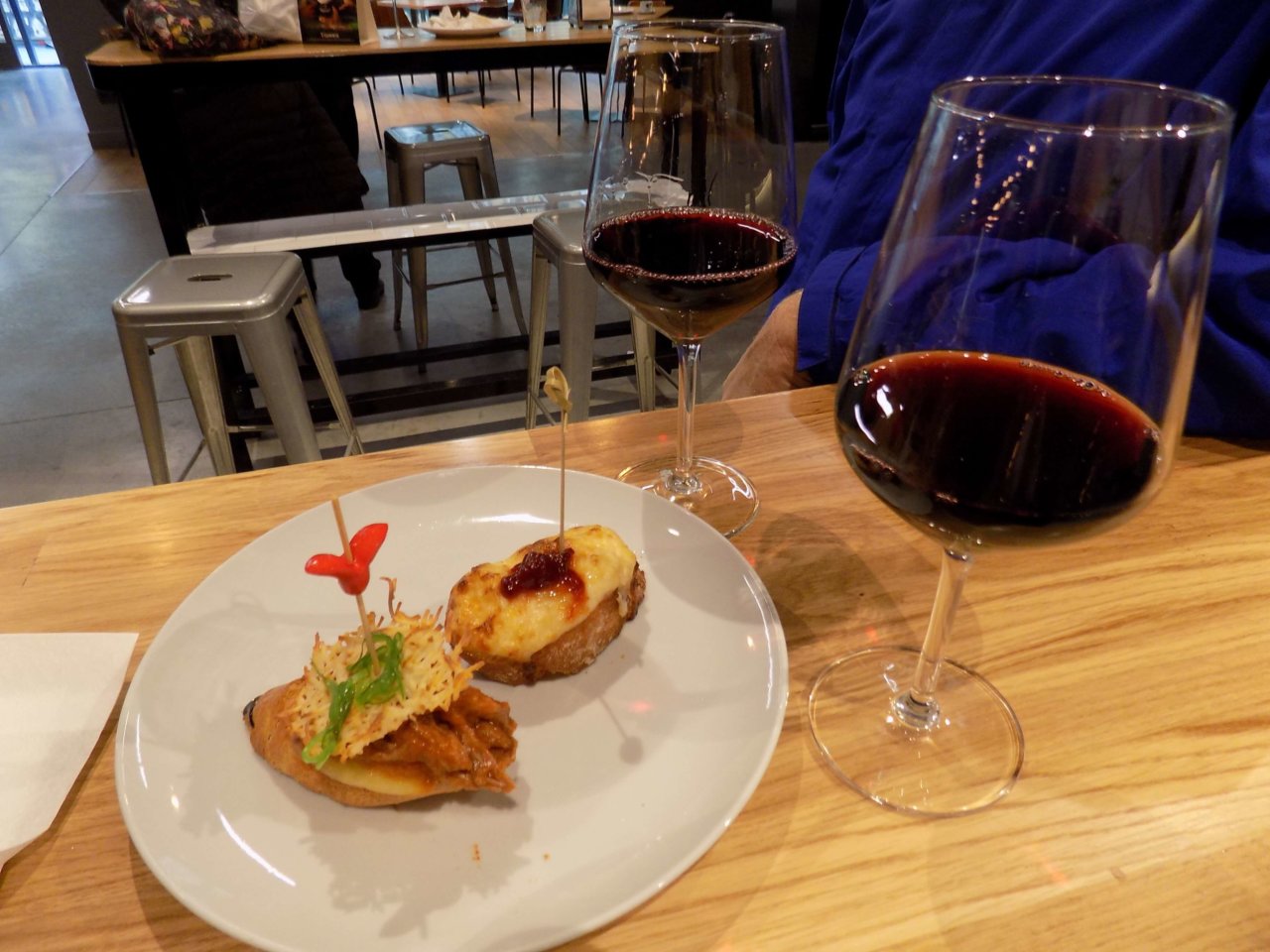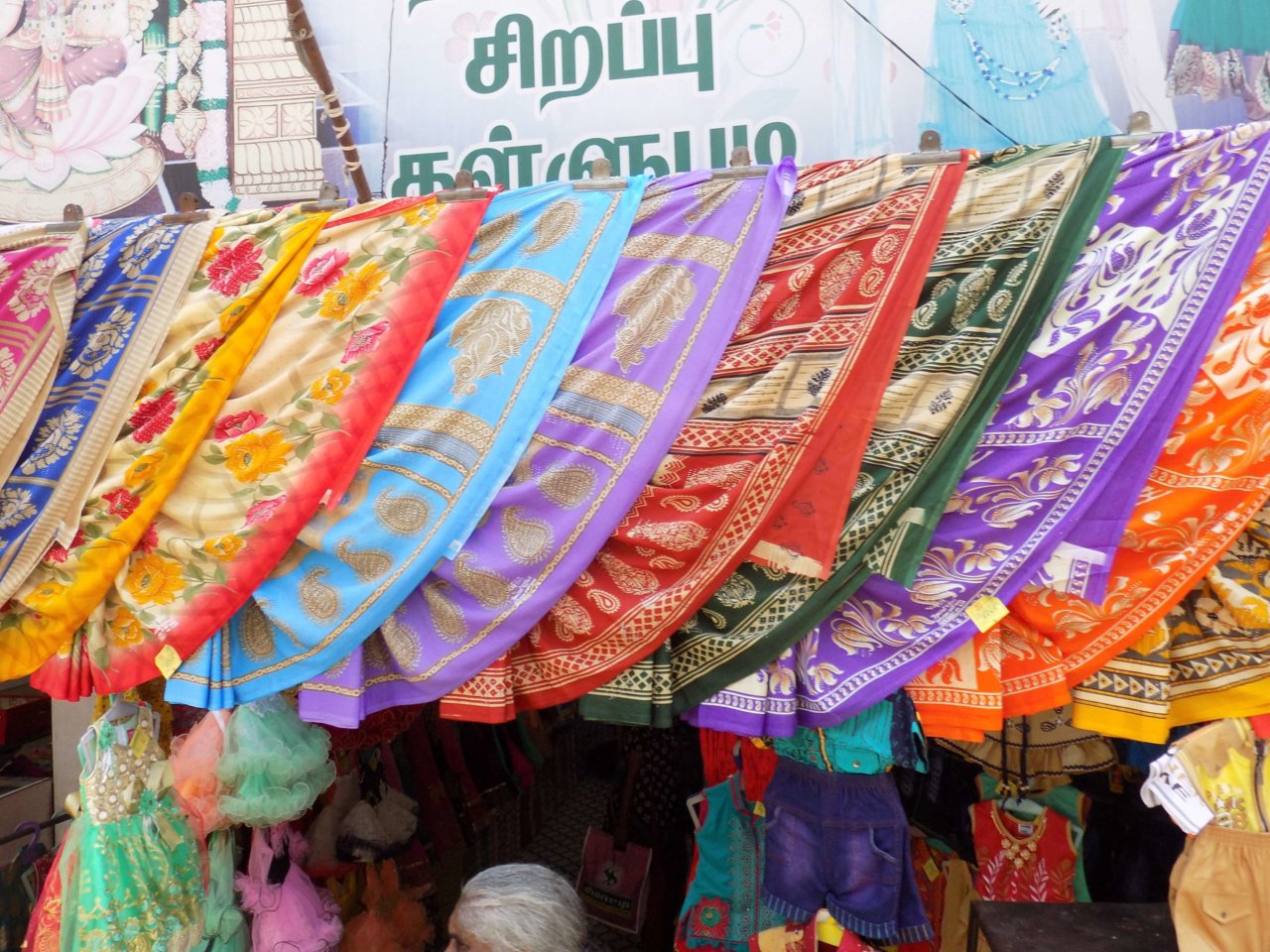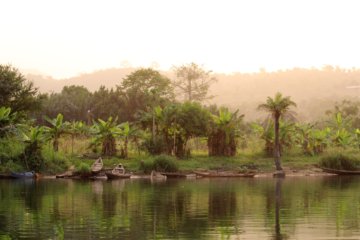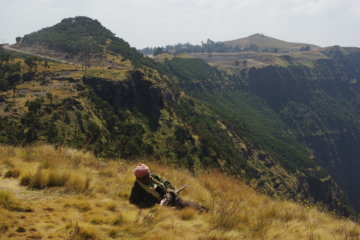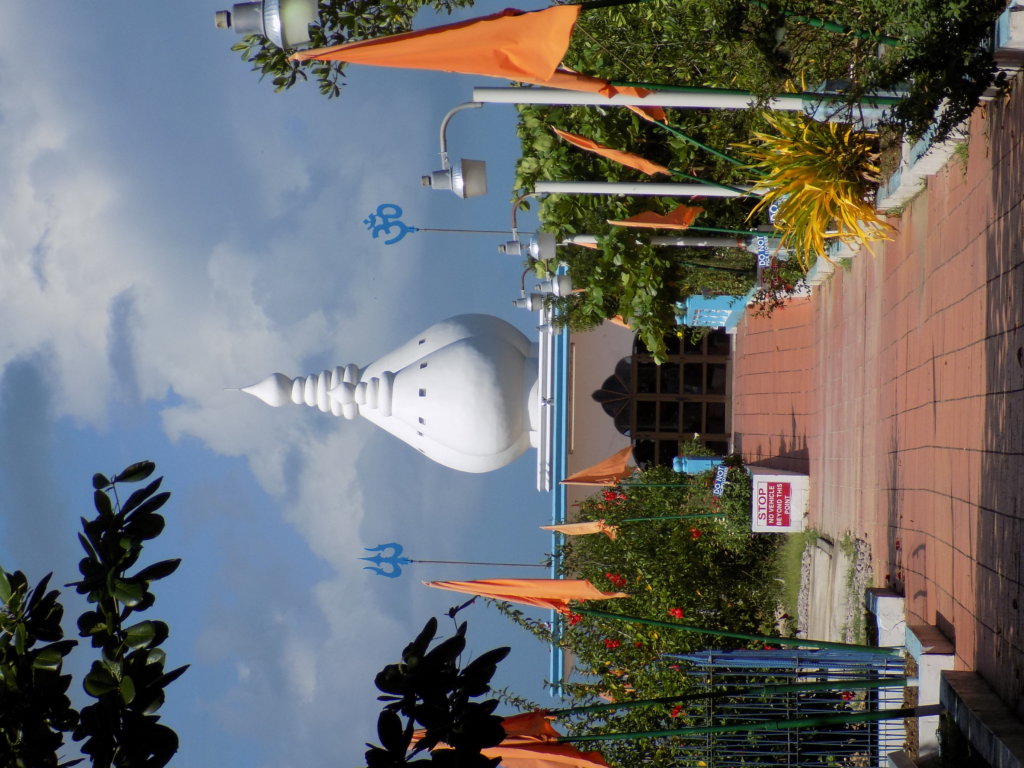
In this article
Like many of the places we visited in Trinidad, Waterloo Temple in the Sea wasn’t the easiest place to find! Our sat-nav had it in a totally different place to where the guide book suggested it was. Signs were non-existent. Eventually, however, we did find this impressive Hindu temple.
Hinduism in Trinidad and Tobago
Hinduism is Trinidad and Tobago’s largest religious denomination after Catholicism. It was brought to the islands in the nineteenth century by indentured Indian workers. As they settled into their new lives in the Caribbean, Indo-Trinidadians created a hybrid Hinduism that’s unique to Trinidad. There is no caste system. The strong friendships forged during the passage from India transcended differences in social status. The only caste remaining today is the priestly Brahmin caste whose members officiate at religious ceremonies.
The History of Waterloo Temple in the Sea
Waterloo Temple in the Sea is the result of a lifetime of hard work and dedication by just one man, Sewdass Sadhu. There is a statue of him in the car park, clearly visible as you approach the temple. This Indian labourer constructed a temple on the shore here in 1947. He built it without permission on land owned by the state sugar monopoly, Caroni. Five years after completion, the structure was bulldozed by the government and Sewdass Sadhu was sent to jail for fourteen days. On release, he decided to rebuild his temple in the sea, where no permission was needed. For the next 40 years, he struggled single-handedly to build his monument to God. He used a bicycle to carry foundation rocks out into the water and he placed barrels full of concrete on the sea bed at low tide. In 1995, Sewdass finally got some help. Inspired by the 150th anniversary of the arrival of Indians in Trinidad, the government declared the temple and Unemployment Relief Project. Labourers were paid by the state to work on the structure and add a causeway to link it to the mainland. The temple was quickly completed.
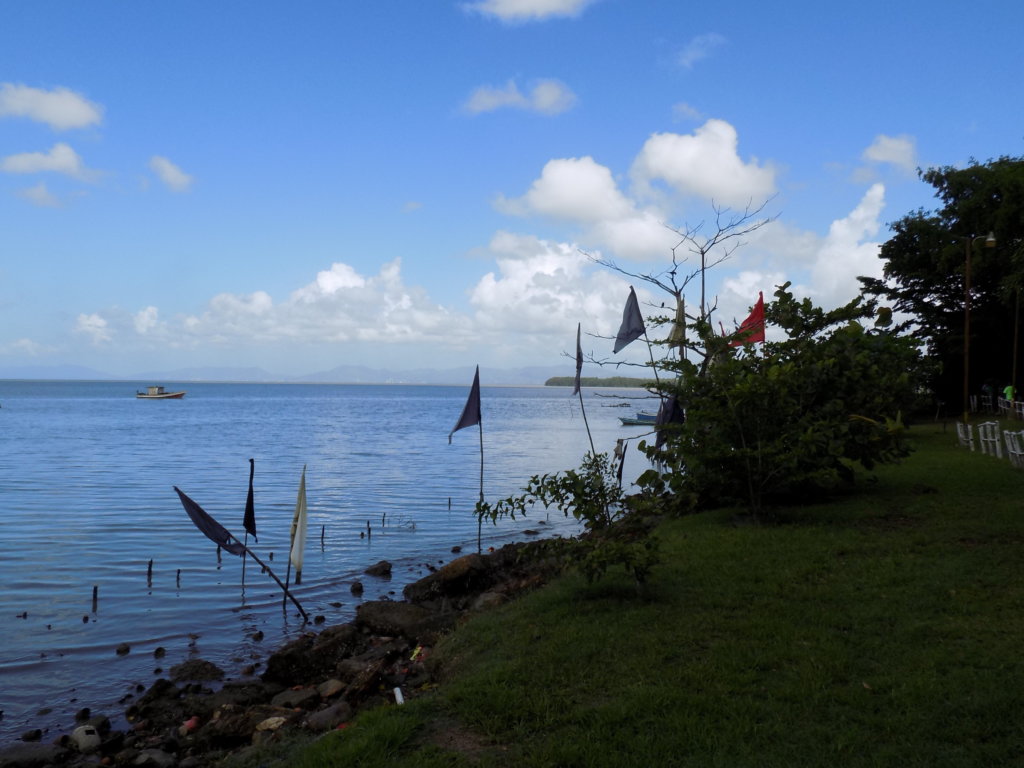
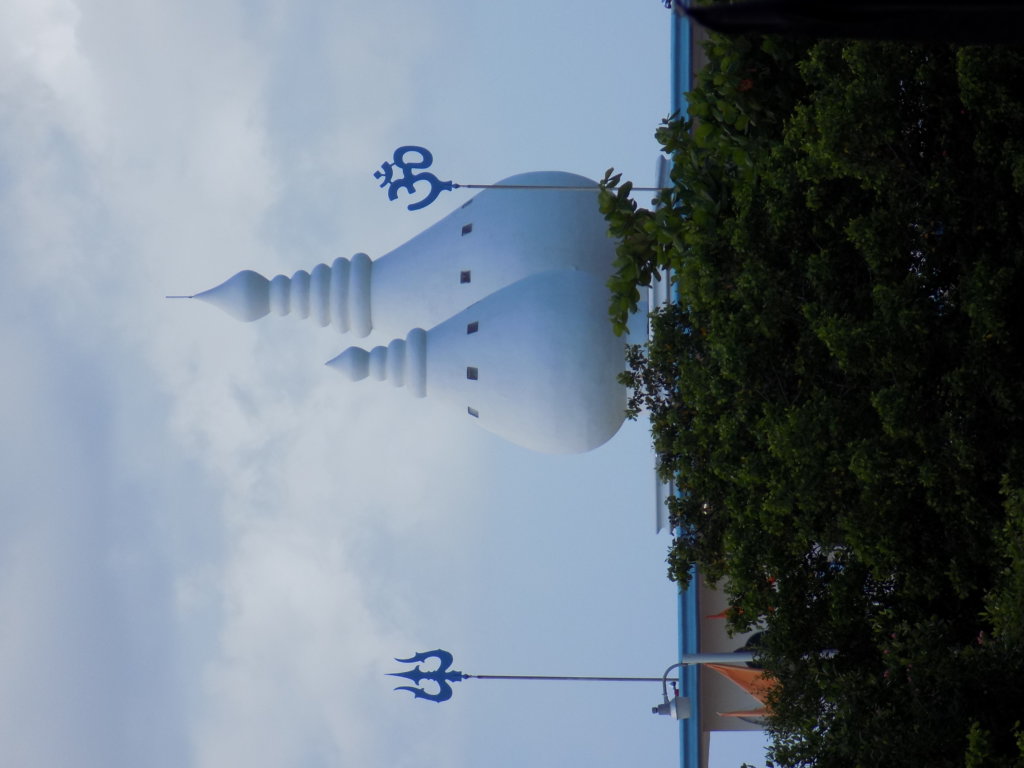
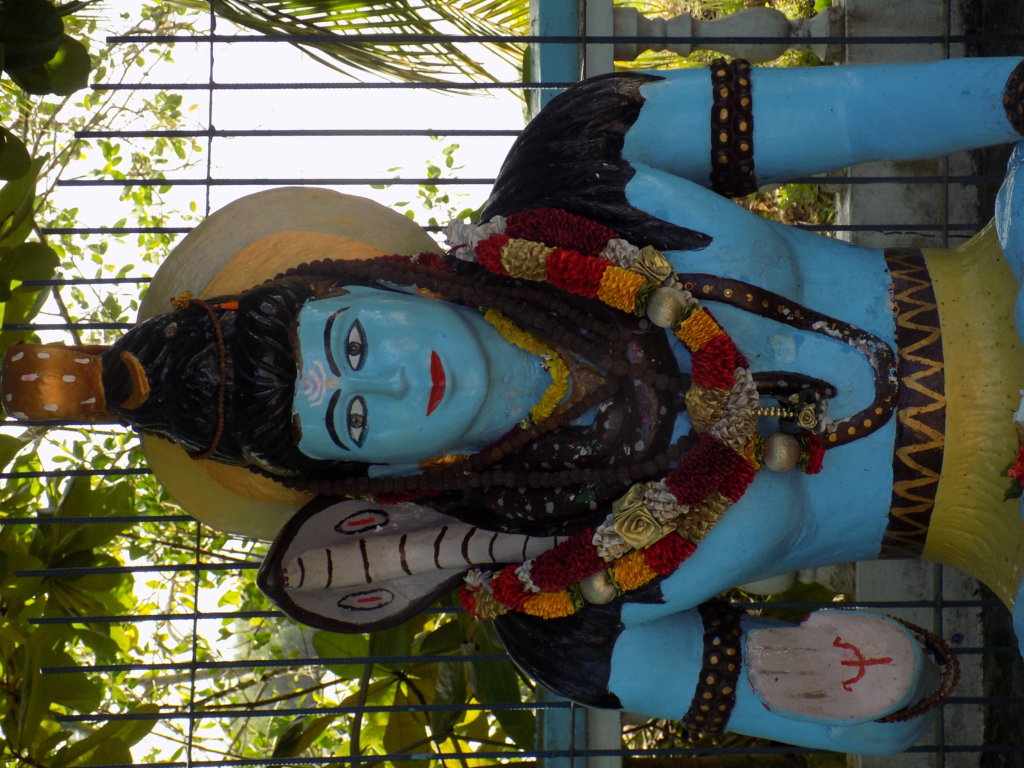
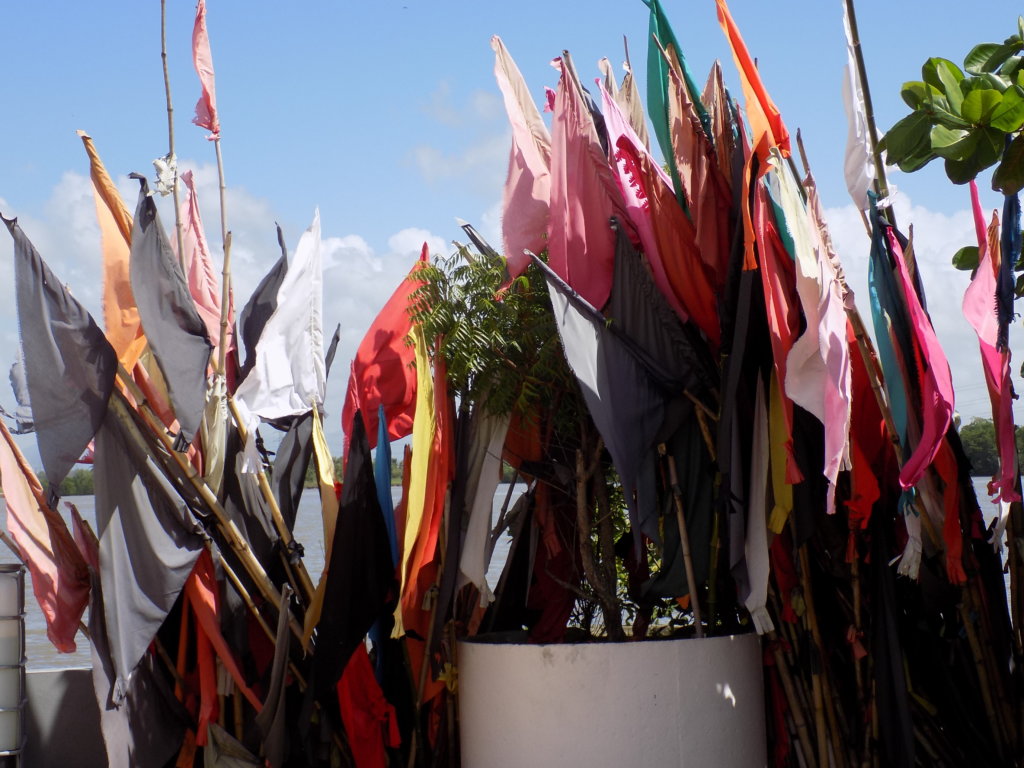
Visiting the Temple
The result is an octagonal structure topped with two distinctive gleaming white onion-shaped domes. It covers an area of over 100 square metres and has coloured-glass windows which cast bright shadows on the stone and marble gods inside. It is used by the local Hindu community for weddings and puju (prayer) ceremonies. Broken coconut shells, fruits and jhande (colourful prayer flags) left by worshippers, litter the shore.
We were the only visitors on the day we went to Waterloo Temple in the Sea and were very taken with the peaceful atmosphere of the place, as well as by Sewdass Sadhu’s incredible story.
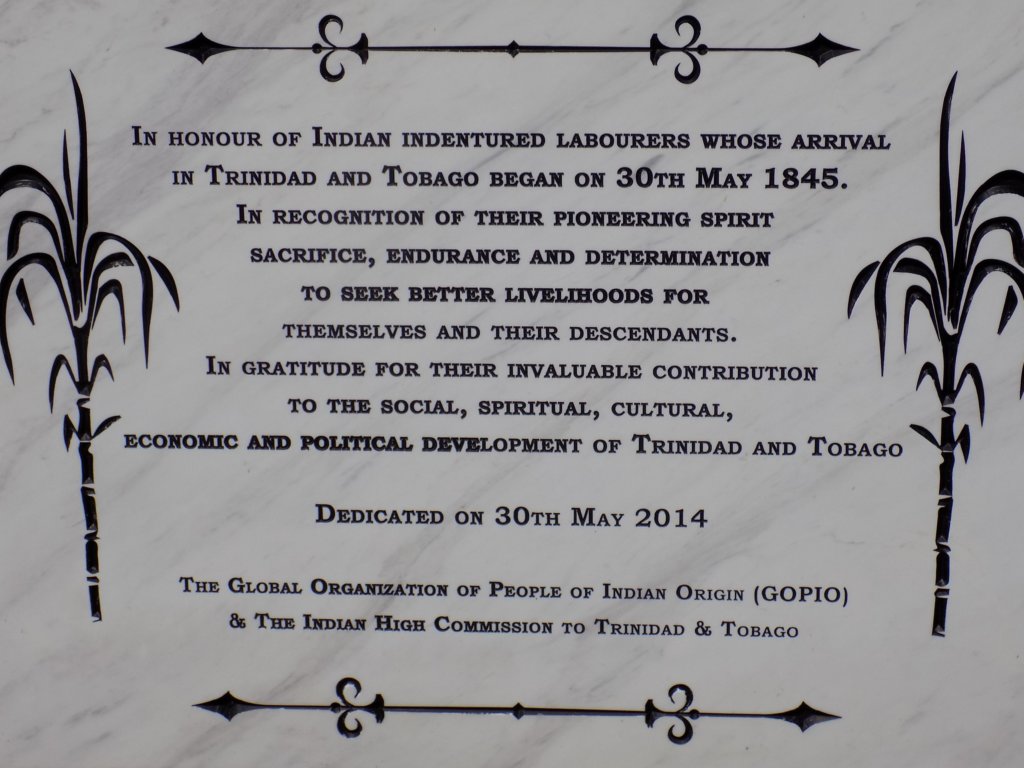
Read more about Trinidad and Tobago
If you like what you’ve read, pin it!!
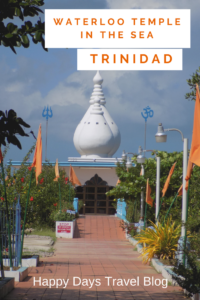
If you’re travelling soon, please use these links!
Are you travelling soon? Use these links when making your bookings. These are the companies we use. It won’t cost you any extra, but we will earn a few pennies to help keep Happy Days Travel Blog going. Thank you!!
- Book your travel insurance with World Nomads (Never leave home without protecting yourself, your trip and your belongings!)
- Book your flight with Skyscanner
- Book your accommodation with Booking.com
- Book a tour with Tour Radar or Intrepid Travel
- Book city tours and activities with Get Your Guide
Disclosure: This post contains affiliate links. If you click through for more information, or to make a purchase, it may result in a small commission coming my way. Please note that there is no extra cost to you associated with this. Thank you so much for supporting my site.
Join our mailing list

Sign up to receive our monthly newsletter. Keep up with what we're doing and be the first to receive special offers and insider tips.

